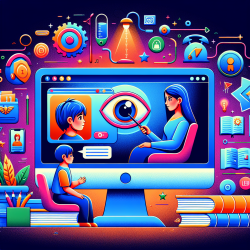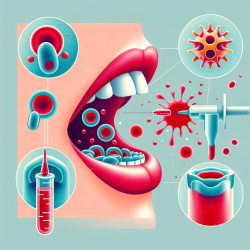Introduction
Female Genital Mutilation/Cutting (FGM/C) is a critical global health issue affecting over 200 million women worldwide. As migration increases, healthcare practitioners in non-practicing countries are increasingly encountering women and girls affected by or at risk of FGM/C. Despite the prevalence of FGM/C, there is a significant gap in the availability of effective toolkits to aid healthcare providers in their prevention and response efforts.
The Role of Web-Based Toolkits
Web-based toolkits are invaluable resources that can help healthcare practitioners improve their understanding and management of FGM/C. These toolkits offer a diverse set of information and resources aimed at different audiences, primarily health professionals. However, the review of 45 identified toolkits reveals that many lack research evidence, skills development applications, or approaches for practical implementation.
Improving Toolkit Effectiveness
For toolkits to be truly effective, they must include evidence-based information and practical skills development. This can empower healthcare practitioners to implement best practices when working with women and girls affected by FGM/C. The review suggests that future toolkits should focus on:
- Incorporating research evidence to substantiate content and enhance reliability.
- Providing skills development tools, such as culturally sensitive communication strategies.
- Including evaluation and monitoring plans to assess the toolkit's impact on practice and outcomes.
Encouraging Further Research
While existing toolkits provide a foundation, there is a need for further research to explore the implementation and effectiveness of these resources. Practitioners are encouraged to engage in research that evaluates toolkit use, identifies contextual factors affecting implementation, and explores collaborative approaches to integrating toolkits at the system level.
Conclusion
Web-based toolkits hold significant potential to improve the care and management of FGM/C. By focusing on evidence-based content and practical skills development, these resources can better support healthcare practitioners in delivering optimal care to affected women and girls. Practitioners are encouraged to utilize these toolkits and contribute to ongoing research to enhance their effectiveness.
To read the original research paper, please follow this link: Review of Web-Based Toolkits for Health Care Practitioners Working With Women and Girls Affected by or at Risk of Female Genital Mutilation/Cutting.










